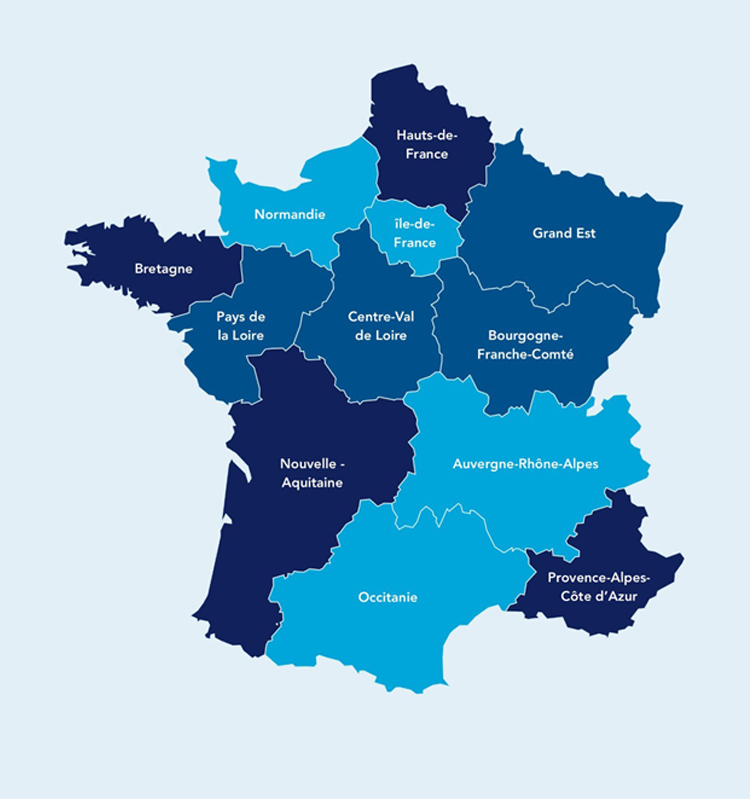Do you have an account?
Why create an account?
After creating an account you will :
- have access to the “favourites” feature,
- be able to download certain data published by RTE,
- have access to forms (PKI certificate, EIC code, Customer questionnaire - KYC),
- have access to notifications.
If you are an RTE customer, feel free to contact your administrator so that he or she can give you access to your company’s services.
What is a residual transmission stress in the S3REnR?
A residual transmission stress is a potential stress on the transmission system linked to the hosting of renewable energy. This will be managed through flexibility, according to the principle of optimal dimensioning presented by RTE in its 2019 ten-year network development plan.
What are the issues associated with managing residual transmission stresses?
In the framework of the energy transition, RTE is adapting its network infrastructure according to the principle of optimal development: making the right investments for the community and managing residual congestion through third-party flexibility, i.e.: modulating generation and consumption. When the use of a new network adaptation is less economically beneficial to the community than the management of a stress by limiting generation, or other means, for a few hours per year, RTE will choose the most cost-effective solution for the community: the ad hoc use of third-party flexibility*.
By providing detailed information on potential transmission stresses in the S3REnR, for which one of the input parameters is installed power and renewable energy projects in development (wind, PV, hydropower, etc.), RTE encourages the participation of all electricity market players (generators, consumers, flexibility provider, etc.) in alleviating grid congestions.
*which will be remunerated via a mechanism to be specified, which could rely on the Balancing Mechanism.
How to view the forecast stresses by region, in the S3REnR
RTE met à disposition des informations prévisionnelles sur les contraintes résiduelles de transit identifiées sur le réseau public de transport à un horizon de 3 à 5 ans, par région.RTE provides access to the forecast data for residual transmission stresses identified on the public transmission system over a 3 to 5 year time horizon, by region.
(Click on the map to access the site)
These data are derived from targeted network analyses conducted by RTE specifically for this approach. The portal provides access, according to a regional and then zonal system, to the following information:
- installed renewable capacity and projects in development,
- surplus energy that the electricity transmission system cannot evacuate,
- constrained electrical components in some specific situations (high generation and low consumption for example),
- maximum power flow required to resolve the selected stress,
- as well as the substations on which the action of a flexibility is most effective to act on the stress.
This service constitutes a first basis to identify the most suitable network locations to participate in congestion management in exchange for remuneration.
For more information, go to "Learn More" and the Glossary.
Learn more on the S3REnR
- The site dedicated to S3REnR (regional schemes for grid connection of renewable energies).
- The capareseau website.
- Technical reference documentation.
Contact
For any questions, please contact contraintes-reseau-s3renr@rte-france.com
For any technical problems in communicating data, RTE has a hotline that you can call +33(0) 810 80 50 50 ou à l’adresse rte-hotline@rte-france.com

